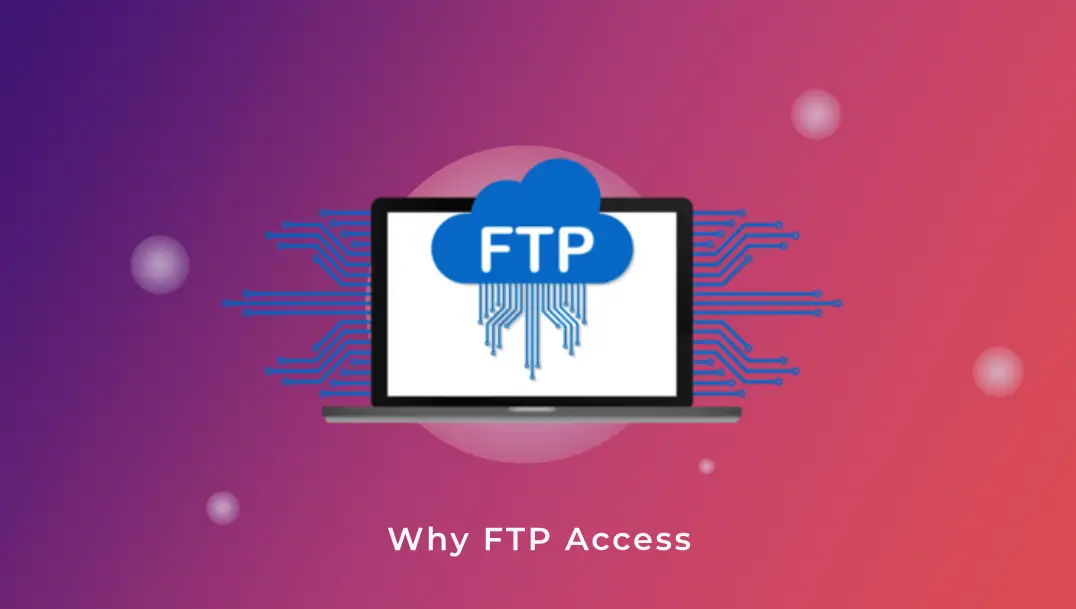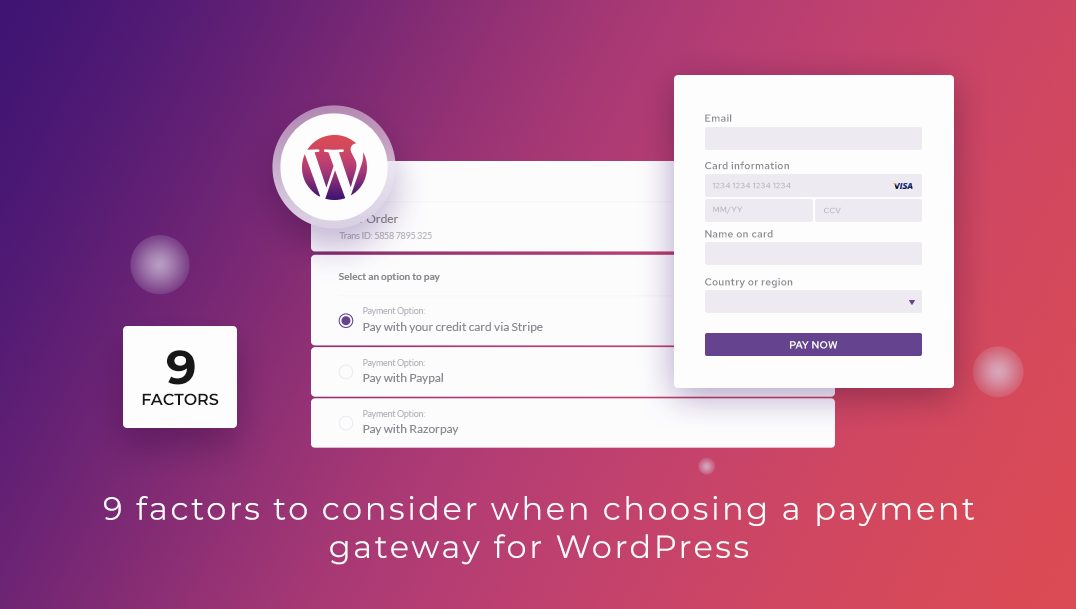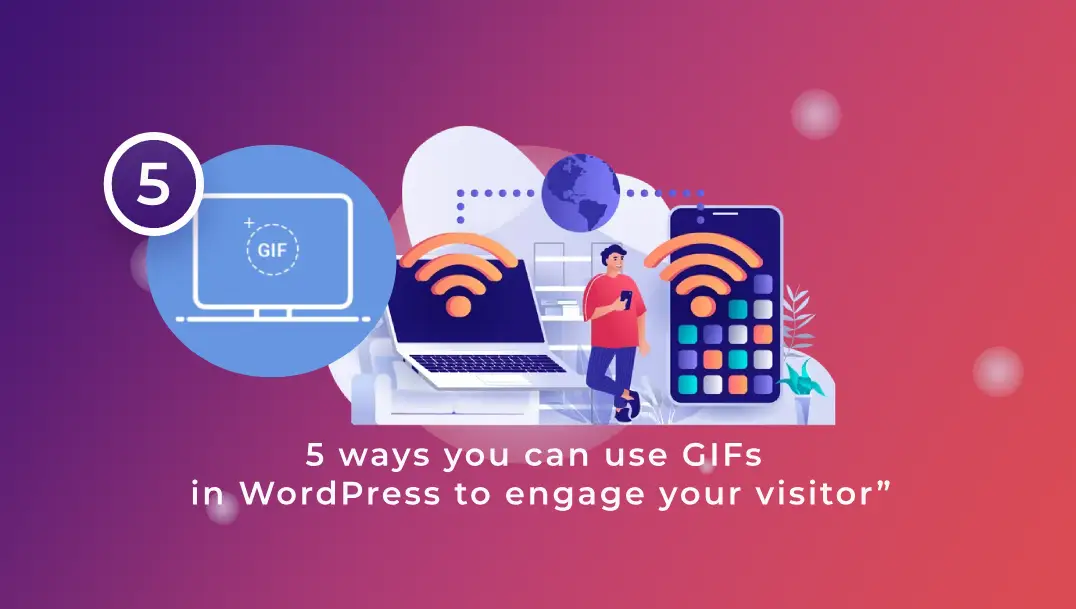Setting up an online marketplace requires considerable time and effort. Growth in ecommerce and the wide acceptance of marketplace models across industries have transformed the digital commerce a lucrative goldmine. However, deep underneath the glitter and trumpet of success stories there lies the challenges and setbacks. To start, for every marketplace, the process of converting the marketplace visitors to actual customers pose a massive obstacle. Once you overcome the first challenge, there comes the next juju– “Shopping cart abandonment“.
Isn’t it frustrating when your prospective customers add products to their cart but finally decide against purchasing the product at the very last moment? You have launched your marketplace after sorting out millions of issues- product layout, shipping and more, you realize that your efforts are fruitless as the conversion bucket is zero.
Shopping cart abandonment is a major challenge affecting the e-commerce sectors across industries-
Before finding the way out, let’s dig more data on “Shopping Cart Abandonment“.
A small formula for you. The cart abandonment rate= 1- (number of orders placed/ number of shopping carts created). If you have already arrived at the percentage for your particular marketplace, you know that it’s a frustrating number. According to the Baymard Institute, 67.44% of shopping carts worldwide are abandoned online. And as per further statistics, the phenomenon will be on the rise as more consumers shift to mobile shopping. So how do we tackle this issue?
Why do customers leave their shopping cart?
The online shopper expects a smooth, glitch-free experience. So, any tiny obstacle causes friction. What happens next is a drop in motivation and loss of your sales. Good news is: shopping cart abandonment is not so much due to a change of mind. There is a list of strategical errors in your marketplace. Once you pay heed to them you can fix the problem. Just take a look at the chart below:
- Unexpected costs – 56%
- In a browsing mode – 37%
- Found better place – 36%
Taking these three reasons as the most prominent ones behind shopping cart abandonment, let’s dissect them one by one and find respective solutions.
Unexpected/ hidden costs
Hidden costs or unexpected costs mostly come in the form of shipping charges. Blame the giant marketplaces if you’d like but free shipping has now become a norm. Simply speaking, if you don’t comply with it, you run the risk of losing revenue. We’ll let the Baymard Institute data do the talking here:
- 61% of consumers are likely to cancel their entire purchase in the absence of free shipping.
- Average order value with free shipping is about 30% higher than orders where customers have to pay for the shipping.
- Shoppers are twice more likely to respond to free shipping than percentage-off offers.
Solutions:
So, the primary solution to the issue of hidden costs is offering free shipping (with a minimum order threshold or some other condition if not entirely). Worrying about whether it will work for your business? Well, a poll by Practical eCommerce revealed that for more than 40% of respondents. What’s more; the average sale amount for these respondents was more than $20.
Secondly, maintain transparency, irrespective of the rate of shopping cart abandonment of your marketplace. If the purchase involves shipping/handling charges, make it known to your customers right on the product page. Similarly, with respect to EMI schemes, clearly underline all the applicability and requirement guidelines. For anything new and unexpected that the customers learn later, it will only lead to an abandoned purchase.
Customers are in a browsing mode
Irritating as it might appear to you as a marketplace owner, this is something quite common. Customers have galore of options to shop today and they take the final shots after massive time invested in browsing. A study reinforces that less than 1% of new visitors will buy from a website on their very first visit. Added to this is the fact that several eCommerce merchants believe that certain abandoners have no intentions to buy at all.
Solutions:
On the bright side, 75% of browsing customers who have abandoned the purchase had intentions of buying too. Identifying them and their online behavior, you can take the following steps:
- Retargeting– Use social media advertising to study the likes and interests of your customers and target them accordingly. The products which they browsed and abandoned will appear as ads elsewhere as reminders.
- Limited period offers– For first time buyers, you can have a specially designed dedicated segment. Offer them with additional discounts or anything that lures them enough to overcome the initial doubt.
- Email marketing– Now that’s a powerful medium indeed. Shoot your customers emails about the products they have not purchased. Send the images of these products from their wish list and the amount they can save now. Stay ready to get a lot of them driven back to your marketplace.
Customers finding a better deal elsewhere
The eCommerce battle hots up every moment. So, it’s not unlikely for customers to change their loyalty. However, they will stop comparing marketplaces once they become loyal to a particular one. It is the overall deal that matters.
Introducing a customer loyalty program that offers additional value will surely make a noteworthy difference in your revenue. Remember that a small hike in customer retention is equal to a significant increase in company’s profit.
An ideal checkout page
E-commerce requires customers to go through several steps to finally make the purchase. The checkout page is the final one. Just as hidden costs, marketplace comparison etc. can lead to shopping cart abandonment; a checkout page too can demotivate potential customers. So, while making the ideal checkout page for your ecommerce store, here is a quick list of do’s and don’ts you can count on:
|
Do |
Don’t |
|
Include thumbnails so that customers know what they are buying. |
Ask your customers to make compulsory registrations. This slows the process and tries their patience. |
|
Allow changes to be made with easy navigation. |
Add fields that are relevant for marketing activities and not for the customers. |
| Incorporate call-to-action buttons, backlinks and progress indicators. | Add coupon code boxes without a link to the code. Customers will go all the way back searching for the code. |
| Save the cart. |
Ignore slow page load times. |
| Confirm estimated shipping date and time. | Ignore anxiety concerns if any. |
Shopping cart abandonment is both a headache and a provider of certain opportunities. Implementing the right techniques and strategies helps you boast of a loyal customer base. And once you have earned the loyalty of your customers, you are already on your way of winning the ecommerce battle. Good luck!
Are you facing a dip in your sales due to the shopping cart abandonment? What strategies do you have to overcome the challenges and draw more revenues? Share your thoughts with us.





